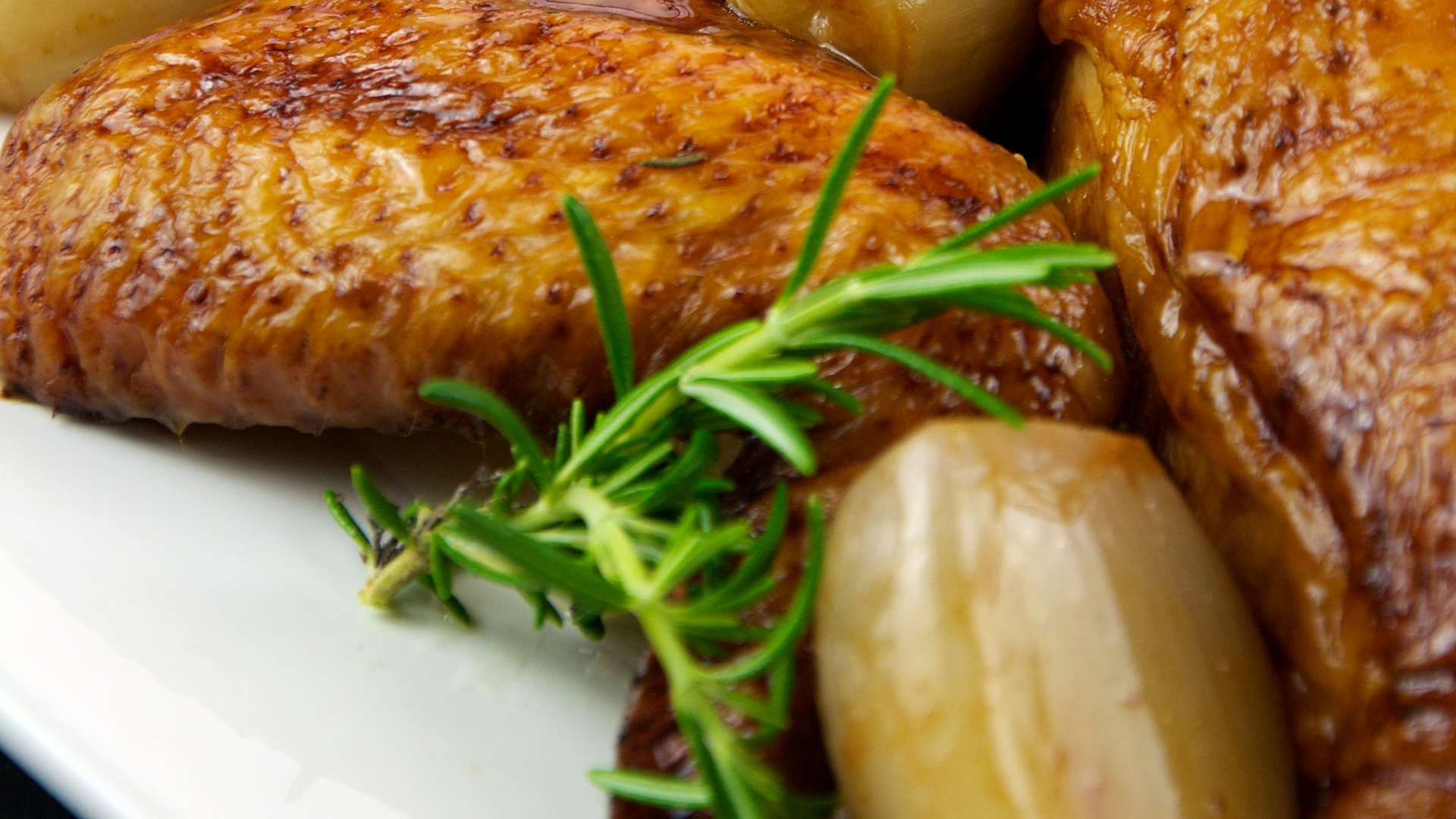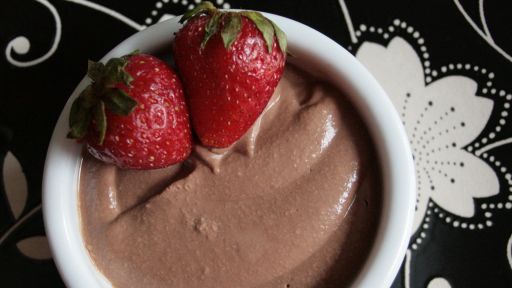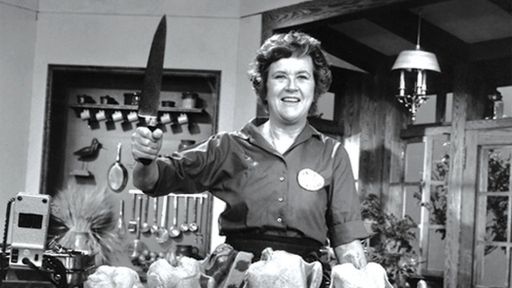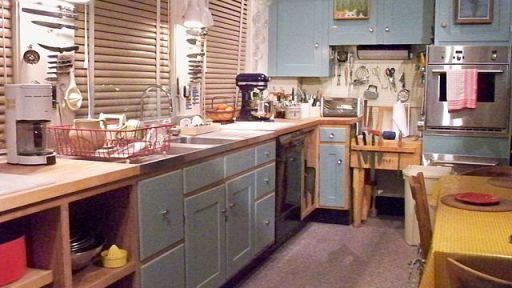
photo credit: TheCulinaryGeek
Poulet En Cocotte (Whole Chicken Roasted in a Casserole)
“A cookbook is only as good as its poorest recipe.” – Julia Child
For 4 to 6 people
Preparing the Chicken for Browning
A 4 1/2- to 5-lb. oven-ready roasting chicken with giblets
1/2 tsp dried tarragon or 3 or 4 springs of fresh tarragon
3 Tb celery tops
1/2 tsp salt
3 Tb each of minced onions and carrots, previously cooked in 1 Tb butter
2 Tb softened butter
Remove giblet packet and all excess fat from chicken cavity. Look over chicken and remove any hairs, feather follicles, and feathers. Cut the protruding knobs off each elbow and, if you wish easier carving, remove the wishbone. Skewer, tie, or truss the wings and neck skin to the body. Sprinkle salt and tarragon in the cavity, add the vegetables and 1 tablespoon of the butter. Tuck the liver into the cavity if you wish; it will cook, and can be served along with the chicken. Skewer, tie, or truss the drumsticks and tail piece together, to close the ventral cavity. Dry the chicken thoroughly, and massage the skin with the remaining tablespoon of butter.
Browning the Chicken
A large skillet
Olive oil or cooking oil
A heavy flameproof casserole just large enough to hold chicken comfortably
3 Tb softened butter
1/4 cup each of sliced onions, celery stalk, and carrots
The chicken giblets
1/2 tsp coarse salt or regular salt
1 tsp dried tarragon or 3 or 4 sprigs of fresh tarragon
Preheat oven to 325 degrees.
Film skillet with a 1/16-inch layer of oil and set over moderately high heat until oil is almost smoking. Then lay in the chicken, breast down, and brown for a minute or two; turn the chicken on its side and brown, and continue turning until chicken is a nice golden color almost all over, particularly on the breast and legs. Use 2 rubber spatulas or a towel, if necessary, for turning, so as not to break the chicken skin. This will take about 10 minutes. While you are browning, cook the vegetables as follows:
To the casserole add 2 tablespoons of the butter, melt over moderate heat, and stir in the vegetables and giblets. Cover and cook slowly until vegetables are tender.
When chicken is browned, spread vegetables and giblets to the sides of the casserole, and put in the chicken, breast up. Spread remaining tablespoon of butter over the chicken, and sprinkle with the salt. Strew the tarragon over the vegetables and giblets.
(You may brown the chicken, let it cool uncovered, then cover and refrigerate. Heat casserole on top of stove before proceeding.)
Roasting the Chicken
Place a piece of aluminum foil or buttered brown paper over the chicken, place a heavy cover on the casserole, and set in lower third of preheated oven. Regulate heat so chicken is making quiet cooking noises in casserole throughout the cooking; chicken should be done in about 1 hour and 20 to 30 minutes. If you are not serving immediately, set cover askew and leave casserole in turned-off oven, or in warming oven at 140 degrees; chicken can be kept warm for 30 to 40 minutes.
Sauce and Serving
1/4 cup port (optional)
When you are ready to serve, remove chicken from casserole. Remove vegetables and giblets with a slotted spoon, and skim fat off cooking juices. If you wish, pour in about 1/4 cup port wine and boil for a few minutes until juices are until juices are lightly syrupy. If chicken is carved in the kitchen and arranged on a platter, pour the juices over the chicken. If carving is at the table, pass juices in a hot gravy bowl.
Suggested Accompaniments
Stuffed mushrooms, glazed carrots, and onions; or scalloped potatoes and green peas or beans; or broiled tomatoes, buttered beans or peas, and sautéed potatoes; or ratatouille (eggplant casserole) and sautéed potatoes; and hot French bread and a light red wine, such as a Bordeaux.











